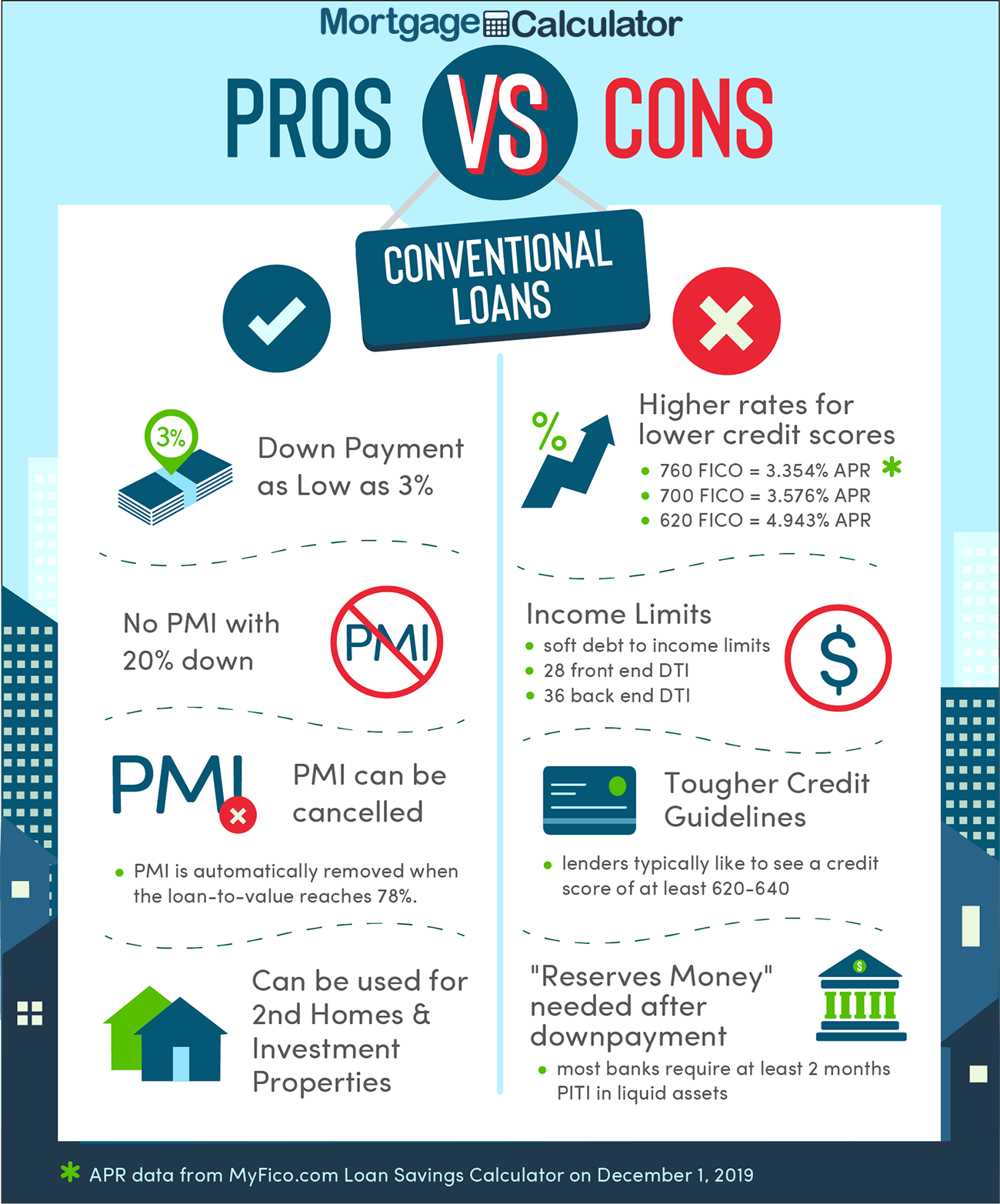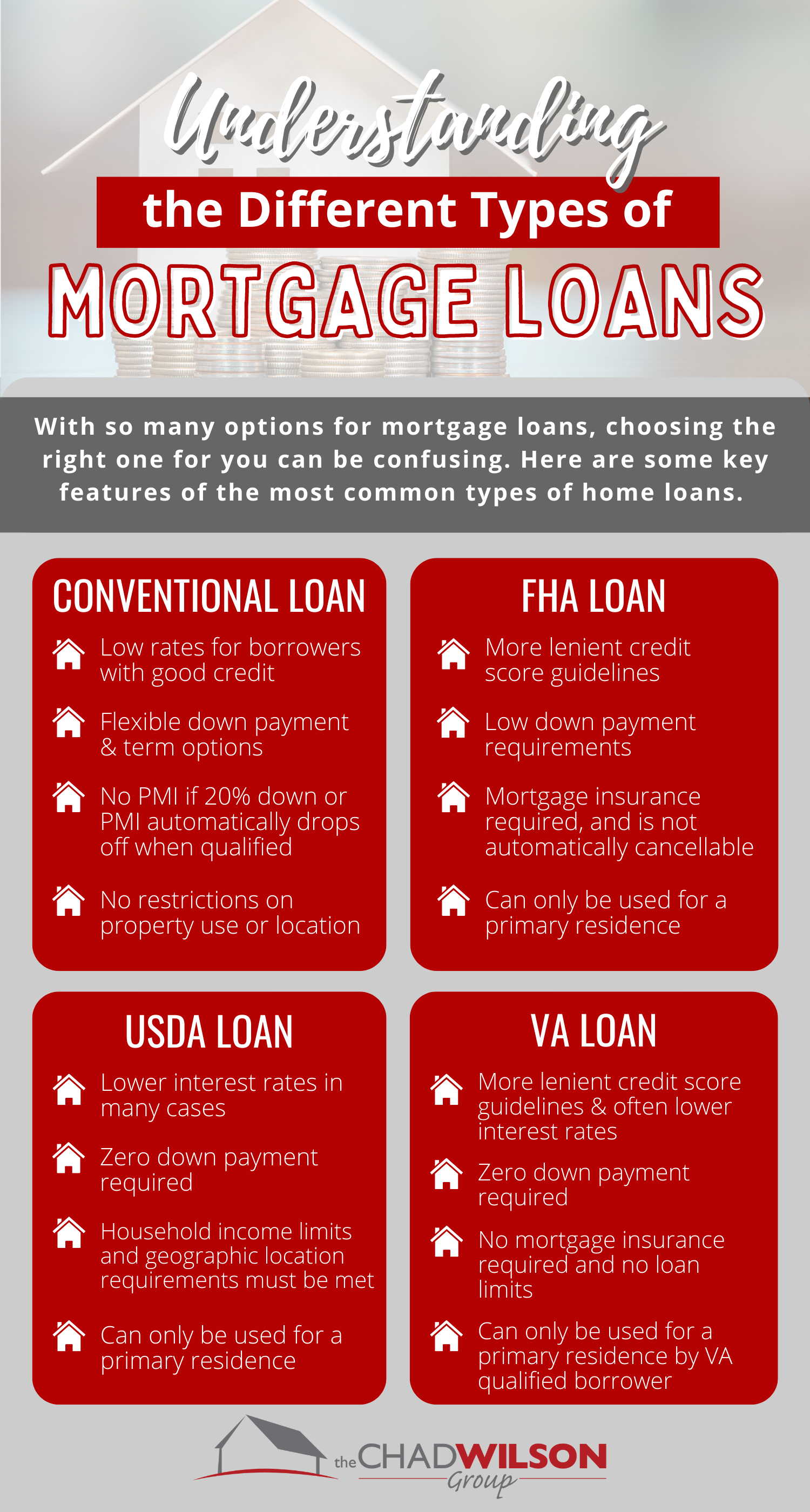Conventional Mortgage Loans: Flexible Funding Solutions for Your Fantasize Home
Conventional Mortgage Loans: Flexible Funding Solutions for Your Fantasize Home
Blog Article
The Vital Variables to Think About When Deciding On Between Fixed-Rate and Variable-rate Mortgage Finances
When examining home loan alternatives, consumers encounter a critical choice in between adjustable-rate and fixed-rate loans, each presenting prospective mistakes and distinct benefits. Key considerations such as interest price stability, predictability in monthly payments, and the ramifications of potential rate adjustments can considerably affect lasting financial wellness. Additionally, recognizing the anticipated period of homeownership and the total price of borrowing can shape one's strategy. As these factors intertwine with specific monetary circumstances and take the chance of tolerance, the effects of this choice might not be as straightforward as they appear. What subtleties should be focused on in this critical decision-making procedure?
Rate Of Interest Stability
When choosing a mortgage, recognizing passion rate stability is vital for informed decision-making. Rate of interest can substantially affect the overall price of a home mortgage, and acknowledging the nature of these rates is necessary for borrowers. Fixed-rate mortgages provide the advantage of regular regular monthly payments over the life of the loan, shielding debtors from market variations. This stability makes it possible for homeowners to plan their funds with higher assurance, as they will not be affected by increasing interest rates.
On the various other hand, adjustable-rate home mortgages (ARMs) start with lower first prices that might alter regularly based upon market problems. While this can cause reduced payments originally, it also presents unpredictability, as debtors might deal with increased repayments if rate of interest increase. For those thinking about an ARM, it is important to analyze the probability of rate adjustments, the capacity for settlement increases, and the length of the preliminary fixed-rate period.
Ultimately, the choice in between adjustable-rate and fixed-rate home mortgages depends upon specific threat resistance and financial scenarios. Comprehending rate of interest security aids consumers make educated decisions that align with their long-lasting monetary objectives.
Month-to-month Payment Predictability
While borrowers typically prioritize rate of interest stability, the predictability of monthly payments is similarly important in the home mortgage option process (Conventional mortgage loans). Month-to-month settlement predictability plays a vital duty in budgeting and monetary planning, as it directly influences a homeowner's cash money flow and total monetary health and wellness
Fixed-rate home mortgages offer a regular regular monthly payment throughout the life of the loan, permitting borrowers to expect and intend their expenses properly. This security can be particularly beneficial for newbie buyers or those on a fixed income, as it removes the uncertainty linked with changing settlements.
On the other hand, variable-rate mortgages (ARMs) normally feature reduced preliminary repayments that can transform over time, leading to potential irregularity in regular monthly commitments. While at first enticing, this unpredictability can make complex monetary planning, especially if customers do not represent future rate modifications.
Possible Price Modifications
In the realm of variable-rate mortgages (ARMs), potential rate modifications represent a significant element that consumers have to carefully think about. Unlike fixed-rate home mortgages, where the rates of interest continues to be unmodified for the life of the funding, ARMs are defined by rising and fall passion prices that are linked to market indices. This irregularity can cause considerable adjustments in month-to-month repayments, influencing the borrower's economic preparation and budgeting.
Debtors must be mindful of the margin and index used to determine these adjustments, as they straight influence future interest prices. In addition, ARMs commonly include caps that limit how a lot the rate of interest rate can increase at each modification and over the life of the car loan, which can offer some level of security against extreme price hikes.
Comprehending these possible changes is crucial for debtors, as they straight influence long-lasting payment responsibilities. Evaluating individual financial scenarios and risk resistance is crucial when deciding whether an ARM straightens with one's financial goals.
Lending Term Considerations
Finance term considerations play a pivotal function in the decision-making process for debtors choosing between adjustable-rate and fixed-rate mortgages. The length of the funding term substantially impacts monthly payments, interest rates, and total financial planning.

Ultimately, debtors need to assess their individual situations, monetary goals, and market problems when evaluating the implications of loan term choices within each home loan kind.

General Price of Loaning
The total price of loaning is a crucial factor that can considerably influence a consumer's choice between fixed-rate and adjustable-rate mortgages. Fixed-rate home loans use foreseeable month-to-month settlements, as the passion price remains constant throughout the lending term. This predictability can cause lower general prices, particularly in a secure or decreasing rate of interest setting. Customers can budget plan properly, understanding their repayments will certainly not fluctuate.
Alternatively, adjustable-rate home loans (ARMs) commonly start with lower initial rates, leading to decreased upfront prices. These rates can boost after a preliminary duration, leading to possibly higher long-lasting expenses. Customers must take into consideration the regularity and degree of price adjustments, as well as the total financing duration, to properly analyze the economic implications.
Furthermore, the general expense of loaning includes not only rates of interest yet also charges and various other linked costs, such as shutting expenses and insurance (Conventional mortgage loans). Consequently, when reviewing mortgage alternatives, customers must perform a complete cost evaluation over the life of the car loan. By doing so, they can make an enlightened choice that aligns with their financial objectives and Read Full Article take the chance of tolerance
Conclusion
In final thought, choosing between adjustable-rate and fixed-rate home loan demands cautious consideration of a number of vital factors. Interest rate stability and month-to-month settlement predictability are vital for efficient budgeting, while the potential for rate changes in ARMs introduces monetary unpredictability. Additionally, the anticipated period of homeownership and the general price of borrowing, including rates of interest and connected fees, need to straighten with specific financial circumstances and risk tolerance. Such an extensive evaluation will certainly promote informed decision-making in mortgage option.
Trick considerations such as passion rate security, predictability in month-to-month payments, and the implications of potential rate changes can dramatically impact long-lasting monetary health. Interest prices can significantly affect the overall expense of a mortgage, and recognizing the nature of these rates is essential for customers. Unlike fixed-rate home loans, where the rate of interest price continues to be the same for the life of the financing, ARMs are identified by rising and fall rate of interest prices that are connected to market indices. In addition, ARMs frequently include caps that limit how much the interest rate can increase at each modification and over the life of the car loan, which can offer some level of security against extreme price walks.
Interest price stability and over here monthly repayment predictability are critical for effective budgeting, while the possibility for rate changes in ARMs presents economic unpredictability.
Report this page